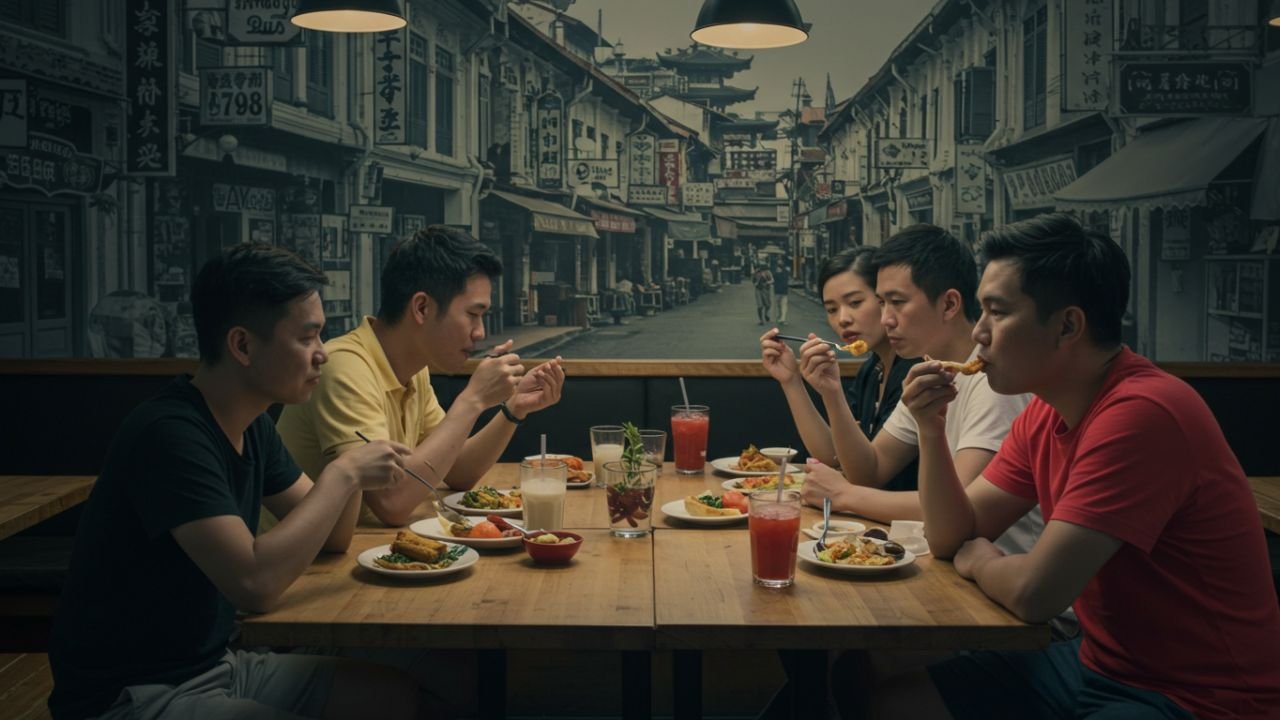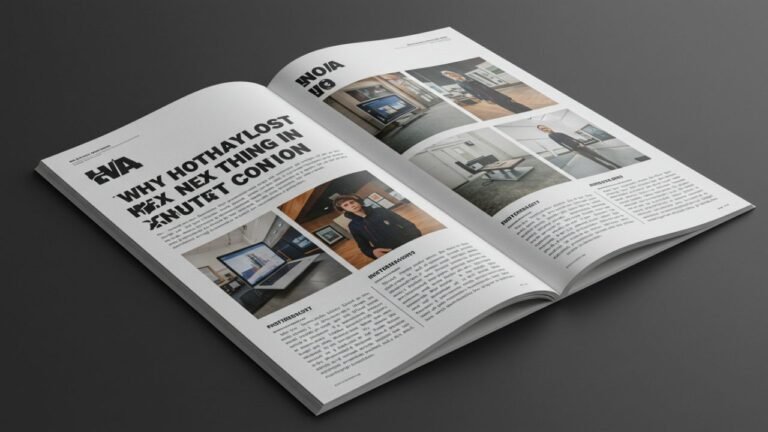
chinatown hawker leftovers consumption
Food has always been more than nourishment it carries culture, community, and memory. In vibrant places like Chinatown, hawker centers are a heartbeat of daily life, serving affordable meals to locals and tourists. Yet, with thousands of plates served every day, a recurring issue arises: what happens to the uneaten food? This question has sparked conversations about Chinatown hawker leftovers consumption, a practice shaped by history, necessity, and evolving views on sustainability.
Historical Roots of Chinatown Hawker Leftovers Consumption
Long before food security became a global buzzword, people in Chinatown practiced frugality out of necessity. Hawker stalls were family-run businesses, and every grain of rice or bowl of noodles carried value. Unsold dishes or shared leftovers were rarely discarded; instead, they were eaten by stall owners, workers, or community members who couldn’t afford fresh meals.
This early form of Chinatown hawker leftovers consumption was not just practical—it was cultural. Respect for food meant minimizing waste, especially in communities that had lived through scarcity.
Why Food Waste in Hawker Centers Matters Today
Fast forward to today, and the issue of food waste has grown into a global challenge. According to the UN, nearly one-third of all food produced is wasted, even as millions struggle with hunger. In dense food hubs like Chinatown, hawker stalls produce significant amounts of leftovers daily.
This makes Chinatown hawker leftovers consumption an important discussion, not only for cultural preservation but also for environmental and social sustainability. Every plate saved helps cut methane emissions from landfills while addressing the problem of food insecurity.
The Cultural Significance of Hawker Food
To understand why this topic resonates, one must appreciate hawker culture itself. Declared an intangible cultural heritage by UNESCO, hawker centers represent community spirit and affordable dining. Each dish tells a story, often passed down through generations.
Thus, throwing away hawker meals feels like discarding heritage. Conversations about Chinatown hawker leftovers consumption are, in many ways, conversations about valuing culture and honoring the people who keep it alive.
The Health Debate Around Leftovers Consumption
While the intention of consuming or redistributing leftovers is noble, food safety cannot be ignored. Cooked meals deteriorate quickly in hot, humid climates common in Chinatown. Poor storage or reheating practices can lead to foodborne illnesses.
This concern is the main reason regulations often restrict Chinatown hawker leftovers consumption. Authorities prioritize public health, leaving businesses cautious about what to do with their unsold food.
How the Practice is Evolving in Modern Times
Although direct consumption of leftovers is less common today, modern solutions are carrying forward its spirit. Some notable approaches include:
-
Food donation networks: NGOs and volunteers collect surplus meals from hawkers and distribute them safely to those in need.
-
Discount platforms: Mobile apps allow hawker stalls to sell unsold food at reduced prices near closing hours.
-
Composting projects: Instead of being trashed, leftovers are converted into compost or animal feed.
-
Awareness campaigns: Educating both vendors and consumers on portion control and sustainable eating.
These practices echo the values of Chinatown hawker leftovers consumption but adapt them to modern contexts.
A Social Lens: Poverty and Food Redistribution
For many lower-income families, Chinatown hawker centers remain vital sources of affordable meals. Food redistribution programs inspired by the concept of Chinatown hawker leftovers consumption can ease urban food insecurity.
Community-led initiatives show how cultural respect for food can align with social justice, turning potential waste into a lifeline for vulnerable groups.
Environmental Impact of Tackling Leftovers
Every time a hawker stall finds a way to minimize waste, it reduces its carbon footprint. Leftover food that ends up in landfills produces methane, a greenhouse gas far more damaging than carbon dioxide.
By rethinking Chinatown hawker leftovers consumption, communities not only save meals but also make measurable contributions to climate action. Sustainable dining is no longer just a trend—it is a necessity for a healthier planet.
Policy and Practical Challenges
Government bodies face a balancing act: allowing flexibility for redistribution while ensuring food safety. Strict hygiene rules sometimes clash with waste-reduction goals.
Possible solutions include:
-
Licensing charities to collect food under safe handling standards.
-
Clear labeling of redistributed meals.
-
Tax incentives for hawkers who donate leftovers.
By addressing these challenges, policies can bring back the spirit of Chinatown hawker leftovers consumption without compromising safety.
The Future of Chinatown’s Approach to Leftovers
The practice of eating leftovers from hawker stalls may not return in its original form, but its legacy continues. With rising awareness of food waste, technology, and policy innovations, Chinatown hawker centers are well-placed to lead sustainable dining efforts.
Ultimately, Chinatown hawker leftovers consumption reminds us of a timeless truth: food is precious, and wasting it dishonors both culture and community.
Conclusion
The story of Chinatown hawker leftovers consumption is not just about unfinished meals it’s about respect for food, sustainability, and community values. While health concerns limit the direct reuse of leftovers, modern alternatives such as donations, discount sales, and composting carry forward the same principle.
As societies search for ways to cut waste and fight climate change, Chinatown’s hawker culture offers valuable lessons. By honoring food, we honor history, reduce waste, and build a more sustainable future.




